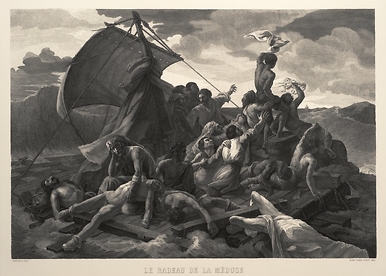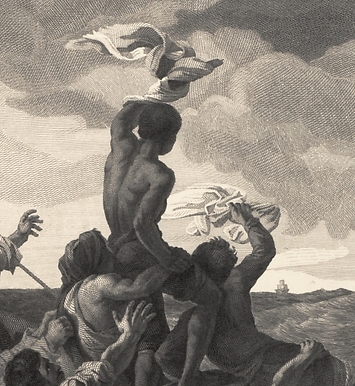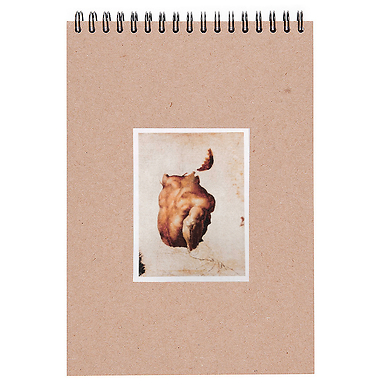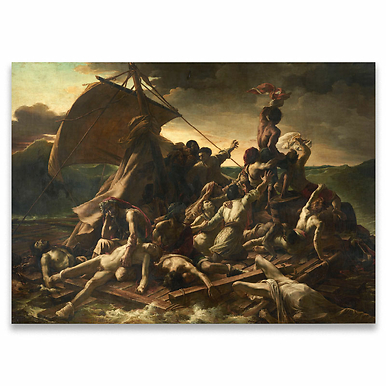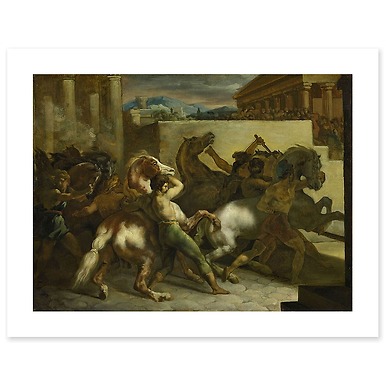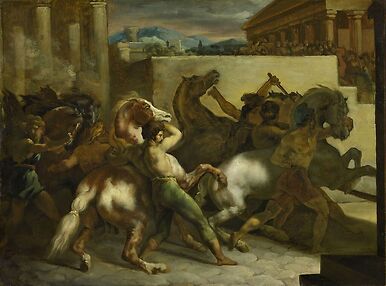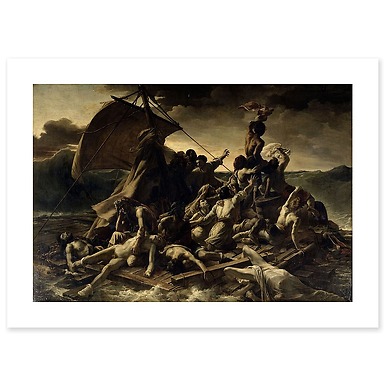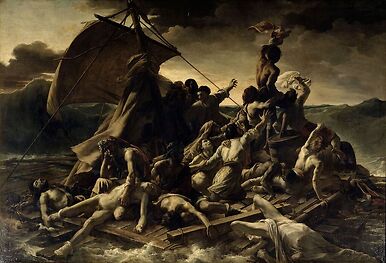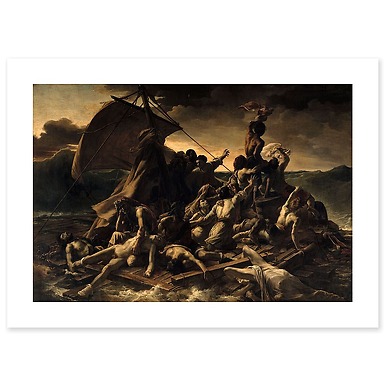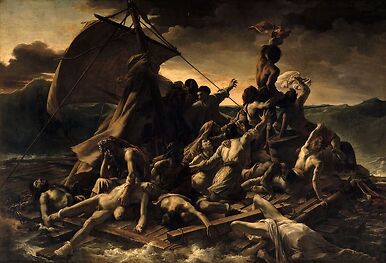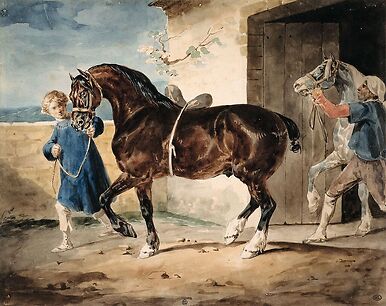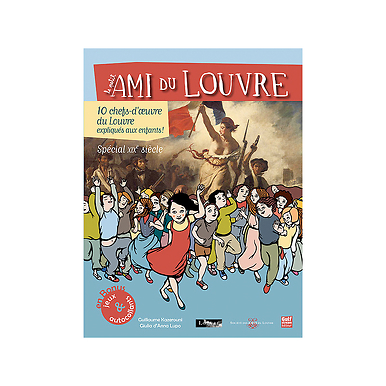Théodore Géricault
1791-1824One of the pioneers of Romanticism
Théodore Géricault was a French painter, sculptor, drawer and lithographer during the early 19th century. Born in Rouen, he trained in Paris. Strongly influenced by the Old Masters, he developed his own bold and innovative style. Géricault is distinguished by his interest in dramatic subjects filled with emotion. This is clear in his most famous work, The Raft of the Medusa (1819), depicting a tragic shipwreck, which symbolises the artist's political and humanitarian commitment. Passionate about horses, the painter also produced many equestrian preparatory studies, watercolours, sketches and paintings, including the remarkable Mounted Chasseurs of the Imperial Guard (1812).
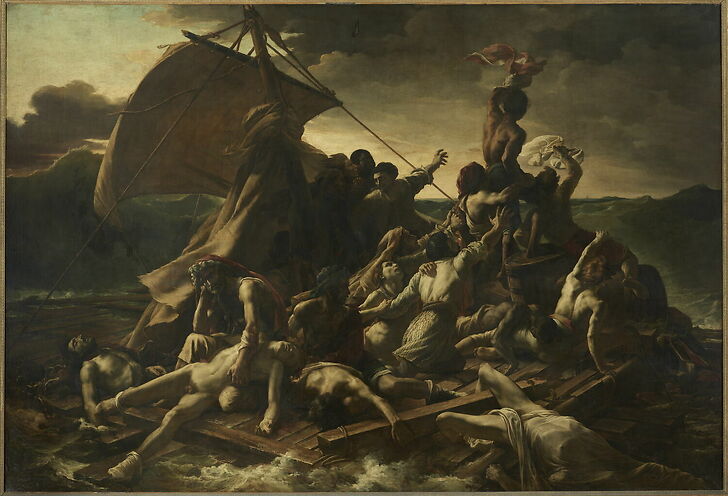
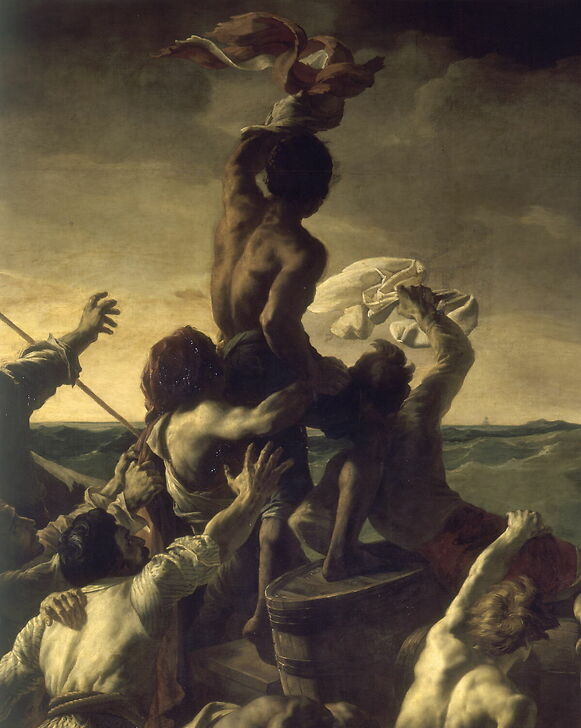
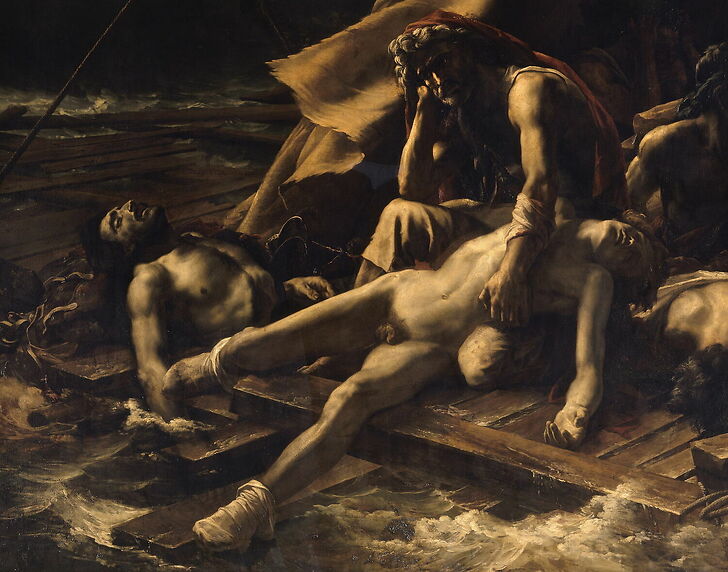

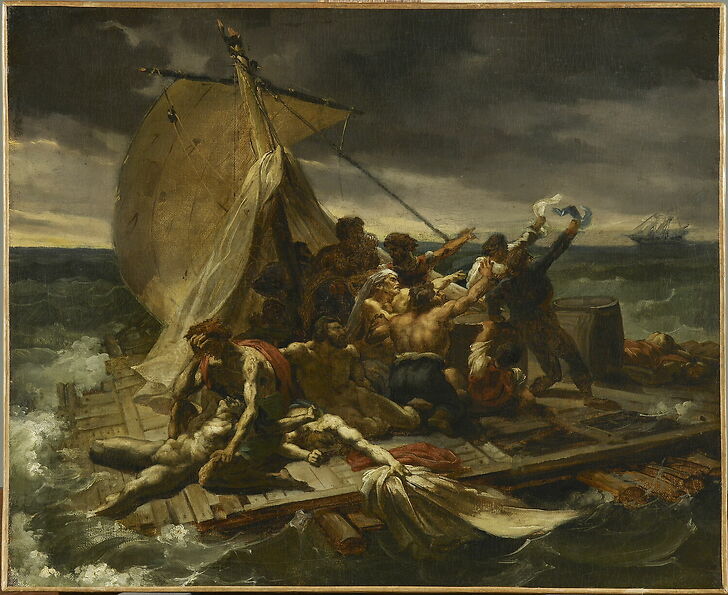
The Raft of the Medusa
Fun fact: the painter Eugène Delacroix features in The Raft of the Medusa, by Théodore Géricault. He agreed to pose as one of the shipwrecked, appearing in the form of a cadaver with his shoulders uncovered, lying face down on the ground. Originally named Scene of a Shipwreck, this painting of exceptional dimensions (nearly five metres high and seven metres wide) represents a tragic episode in the history of the French colonial navy: the shipwreck of the Méduse frigate. The dense and centred composition is made up of two pyramids that intersect and balance. In the distance, the presence of a boat, to which some of the survivors try to signal, is indicated by a pale silhouette. Of the 147 shipwrecked who succeeded in staying above water, only fifteen were rescued and only five survived.
Did you know?
Théodore Géricault interviewed survivors of the shipwreck to create his work. He visited the morgue to study the paleness of bodies and fleshes. His goal was to transcribe reality as closely as possible.

